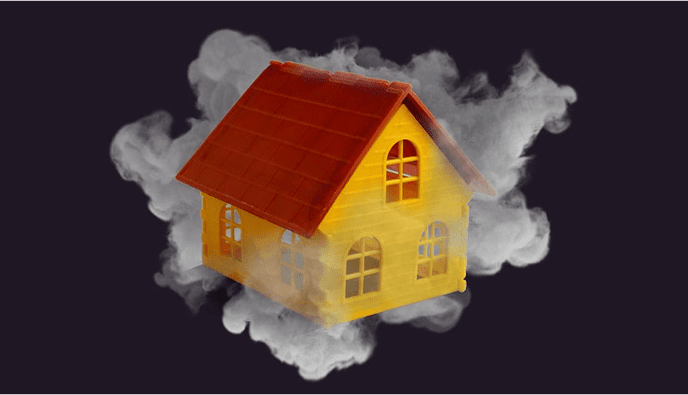Secondhand Smoke
The Dangerous Truth About Secondhand Smoke
Secondhand smoke is the combination of smoke that comes from burning tobacco products and the smoke exhaled by people who are smoking. It contains more than 7,000 chemicals, including hundreds that are toxic and about 70 that can cause cancer.
What’s the Difference?

Firsthand Smoke
Harmful fumes inhaled with cigarette use.

Secondhand Smoke
The smoke released from burning cigarettes, cigars, vapes or pipes.

Thirdhand Smoke
Poisonous residue that sticks to objects, surfaces and fabrics after the smoke clears. Everything from children’s toys to upholstery is affected.
The Secondhand Smoke Danger Zones
Car
Exposure to secondhand smoke in a car, where it is highly concentrated, can lead to increased health risks. Cracked windows are not enough.
Workplaces
Bars and restaurants that allow smoking put employees and customers at risk.
Home
Smoke travels through ducts, jacks and outlets exposing every family member and pet to harmful chemicals.
The Negative Impact of Secondhand Smoke
Secondhand smoke exposure affects everyone at every age. The health effects range from immediate discomfort to life-threatening conditions, with risks increasing with more frequent and longer exposure. Research continues to uncover new ways secondhand smoke damages health, even at levels once considered minimal.
The Health Dangers
Adults
- Heart disease
- Lung cancer
- Stroke
Children
- Asthma attacks
- Bronchitis
- Ear infections
- Lung damage
- Respiratory infections
Pregnancy/Infancy
- Reduced fertility
- Sudden infant death syndrome (SIDS)
What You Can Do



Smoke From Next Door Doesn’t Always Stay Next Door
People living in multiunit homes breathe up to 65% of the same air. Secondhand and thirdhand smoke don’t care about your address. If there is a way in, smoke will find it — and there always is.
get involved
Clear the Air for Everyone
Ready to create smoke-free environments that protect your family and community? Find resources and ways to advocate for state-wide change.




